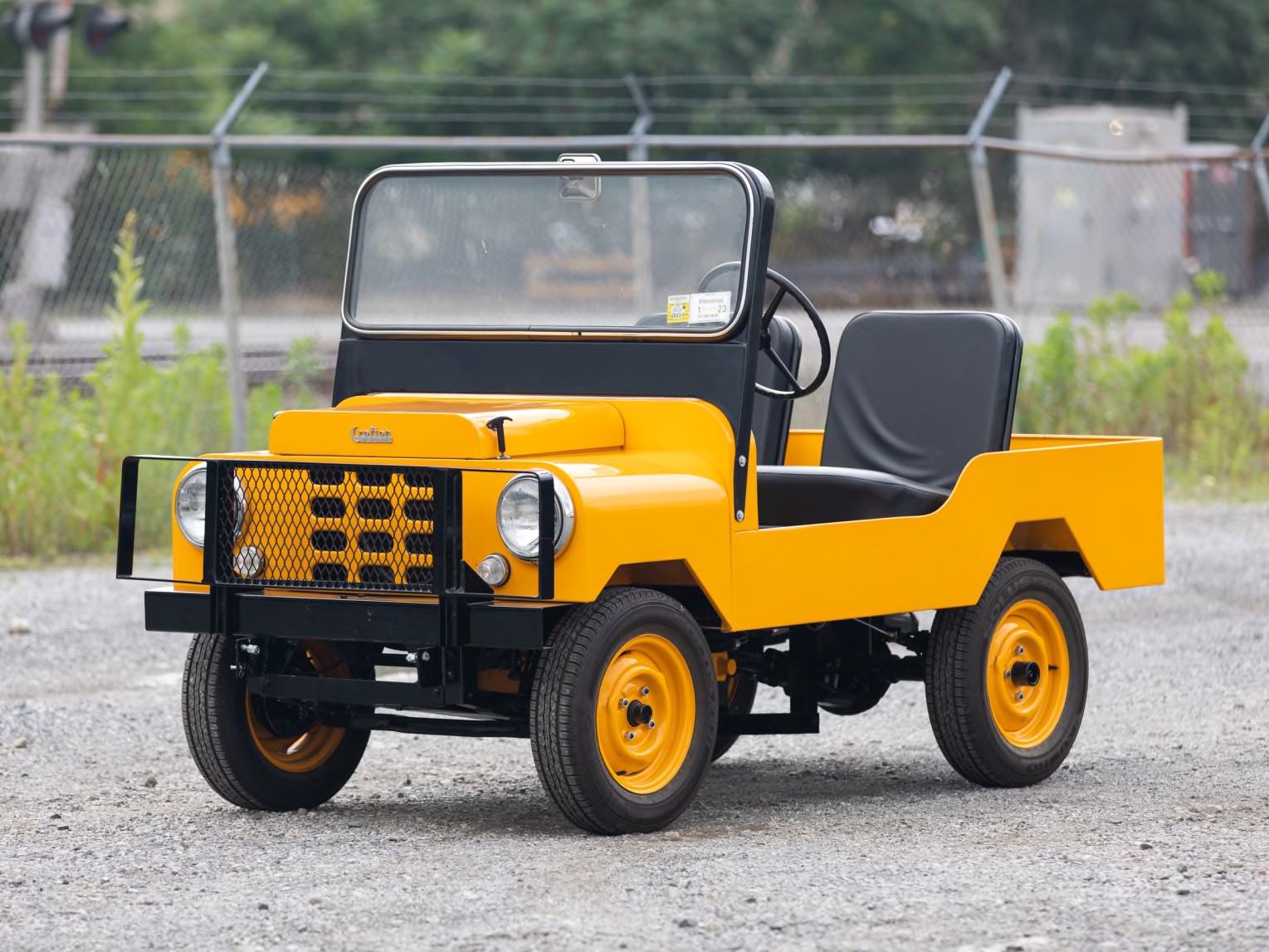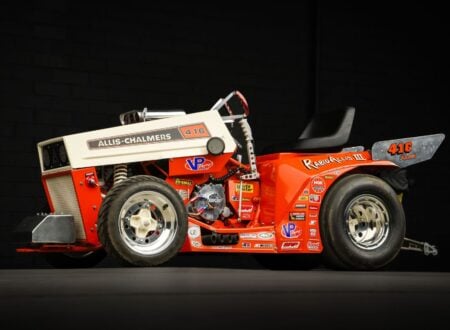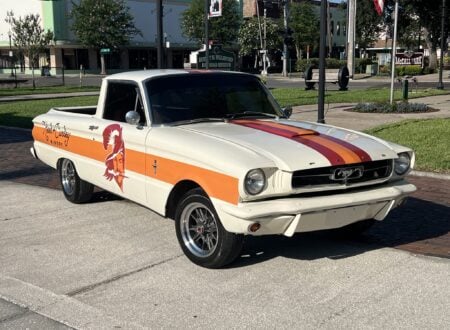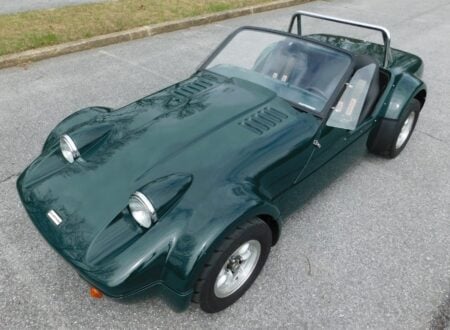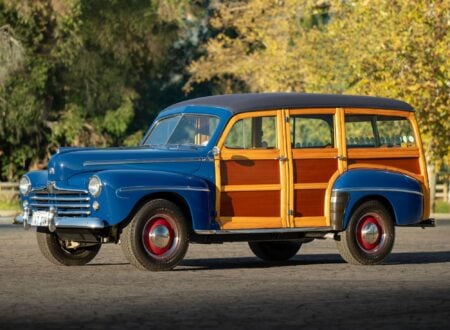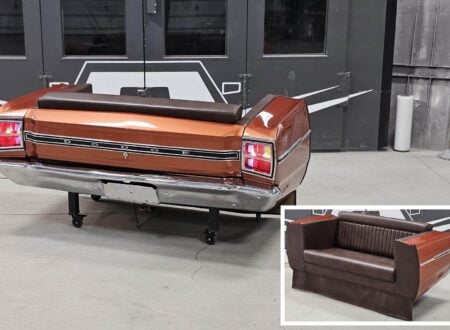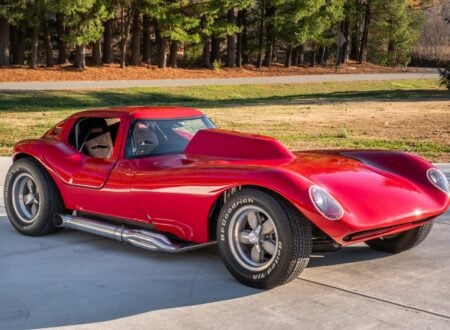This is an original 1960 Crofton Bug, in many respects it was one of the first ATVs, being much smaller than a Willys Jeep, lightweight, simply made, and able to cross almost any terrain you pointed it at.
The Crofton Bug was the modified descendant of the earlier Crosley Farm-O-Road utility vehicle from the 1950s. It was designed as an all-terrain vehicle for hunters, farmers, and gamekeepers that would become the origin of species for the modern side-by-side vehicle SSV.
Fast Facts – The Crofton Bug
- The Crofton Bug was built from 1958 until 1964, with approximately 200 completed. In many respects it was the first side-by-side vehicle SSV and it fulfilled roles not dissimilar to its modern Polaris equivalent.
- The Bug was based on the earlier Crosley Farm-O-Road utility vehicle that was introduced in 1950, though the Bug was significantly modified over its predecessor.
- Power is provided by the reliable and relatively advanced 721cc Crosley inline-four cylinder engine producing 45 bhp, with power sent back through a three-speed manual transmission to the rear wheels.
- The Crofton Bug you see here is due to be offered for sale by Mecum in late July with a price guide of $10,000 – $15,000 USD. It appears to have been fully restored and it’s finished in bright yellow over a black interior.
Crosley Motors: A History Speedrun
The history of the Crofton Bug simply cannot be told without first talking about the history of Crosley, an American automaker than had a relatively short lifespan but a major influence on automobile design that carries on to the modern day.
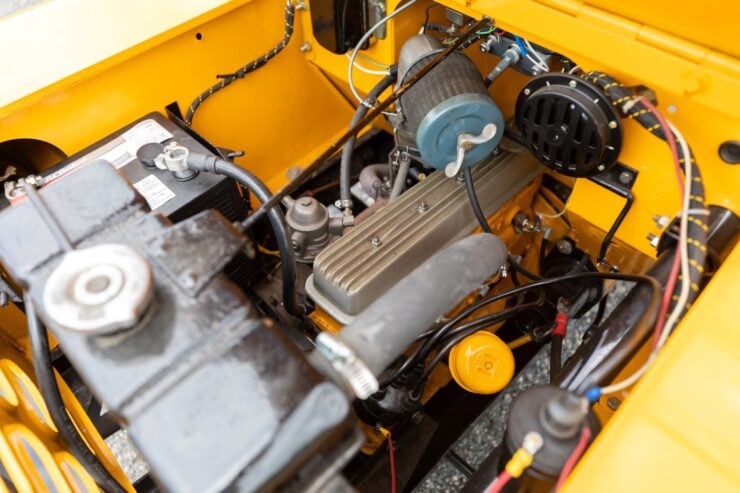

Crosley was an American automobile manufacturer that operated from 1939 to 1952. It was founded by Powel Crosley Jr, an entrepreneur and inventor, who had made his fortune in the radio and appliance industry.
Crosley Jr. was fascinated with automobiles and saw an opportunity to produce small, affordable cars for the masses inspired by the Great Depression which had wreaked havoc on the American automotive industry.
In 1939, the first Crosley car, known as the Crosley CC, was introduced. The CC was a compact, lightweight vehicle with a two-cylinder engine, low runnings costs, and an affordable price tag. It was marketed as a fuel-efficient alternative during a time when the world was still suffering from the Great Depression and gasoline was in shorty supply due to WWII.
During the war, the Crosley car company shifted its focus to war-related production, manufacturing everything from ammunition boxes to military vehicles. After the war, in 1946, the company resumed car production with the introduction of the Crosley CD model, which featured improvements over its pre-war predecessor.
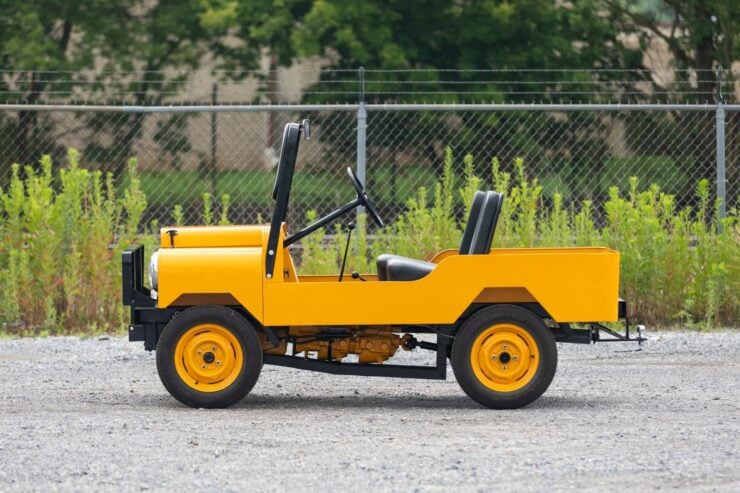

Crosley cars were known for their compact size – in fact they were often referred to as “mighty midgets” due to their small stature. The company produced a range of models, including sedans, convertibles, pickups, and even a sporty two-seater called the Crosley Hotshot.
Crosley would shut down in 1952, a victim of the broad range of more affordable cars that were released by the major American automakers in the late 1940s and into the early 1950s.
Today Crosley is remembered as an important American innovator. The company introduced the first affordable, mass-market car featuring an overhead camshaft engine, an automotive genre that is now among the most popular on earth.
The following year in 1947, Crosley pioneered the use of the term “Sport(s) Utility” – applying it to their 1948 model year convertible wagon, signaling the birth of a new vehicle category that would become another dominant genre by the late 20th century.
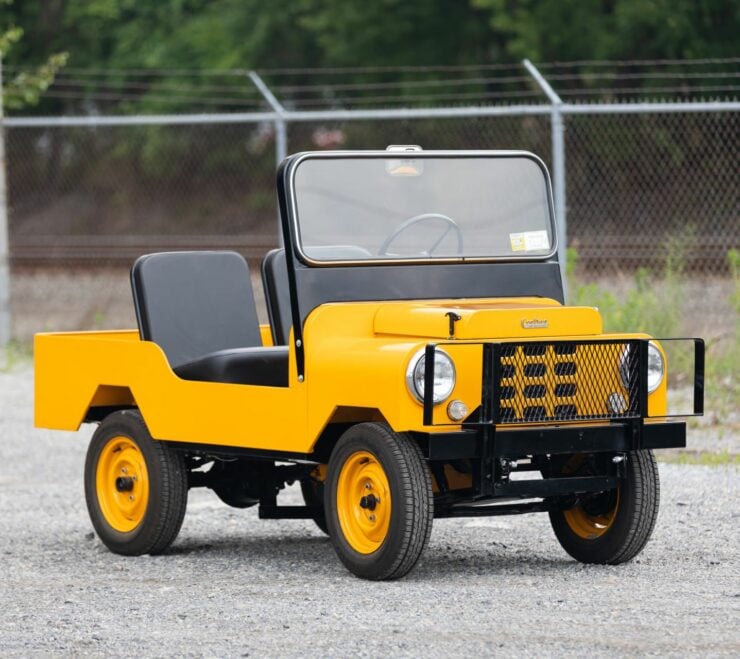

Crosley led the way in braking technology by becoming the first American car manufacturer to equip their vehicles with 4 wheel disc brakes. In the 1949 model year, Crosley’s final major contribution would be America’s first post-WWII-developed sports car, the Hotshot.
If Crosley was guilty of anything, it was being decades ahead of its time.
The Crofton Bug
The Crofton Bug was a direct successor to the Crosley Farm-O-Road utility vehicle which had been introduced in 1950 as an ATV/SSV-sized agricultural/utility vehicle that looked more or less like a small Jeep. It would be the forebear of the later ATVs and SSVs built by companies like Polaris.
After Crosley shutdown in 1952, their small overhead cam engine would remain in production for some marine and military buyers. Later in the 1950s W.B. Crofton, a successful San Diego-based truck and Aerojet Marine dealer, bought the rights to that Crosley engine, and as part of the deal he also acquired the plans and rights to the Crosley Farm-O-Road utility vehicle.
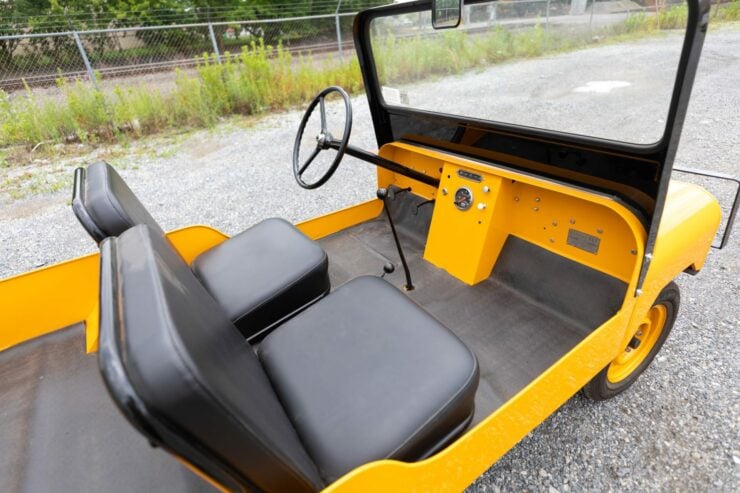

Rather than putting the Farm-O-Road back into production in its original form, a series of modifications were made to improve the design. The body of the vehicle grew by a little over a foot, though the wheelbase remained unchanged – this was to increase cargo space in the rear.
The 44 cubic inch 721cc four-cylinder engine’s power output was increased from 28.5 bhp to 35 bhp, finally up to 45 bhp, then mated to the Crosley three-speed manual transmission.
Once ready for production the Crofton Bug was 1,000 lbs lighter than the then-current Jeep CJ-2, as well as noticeably more narrow, making it ideal for even the most arduous of small trails. The Bug made use of body-on-frame construction and rear wheel drive, if it ever did get bogged it was typically possible to just get out and push it clear thanks to the low weight.
It’s believed that over 200 examples of the Crofton Bugs and the similar Crofton Tug were built between 1958 and 1964. Relatively few have survived to the modern day, and they’re now considered highly collectible.
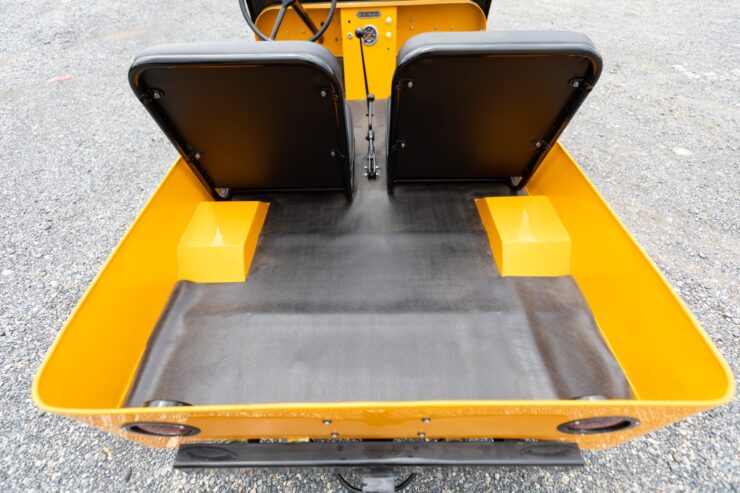

The 1960 Crofton Bug Shown Here
The vehicle you see here is a 1960 Crofton Bug, the listing is a little short in details however it appears to have been fully restored back to as-new condition.
It’s finished in bright yellow with a black vinyl interior, and it’s powered by a correct 721cc Crosley inline four-cylinder engine mated to the Crosley-type three-speed manual transmission which sends power to the live axle rear end.
This Bug is now due to roll across the auction block with Mecum in late July with a price guide of $10,000 – $15,000 USD. If you’d like to read more about it or register to bid you can visit the listing here.
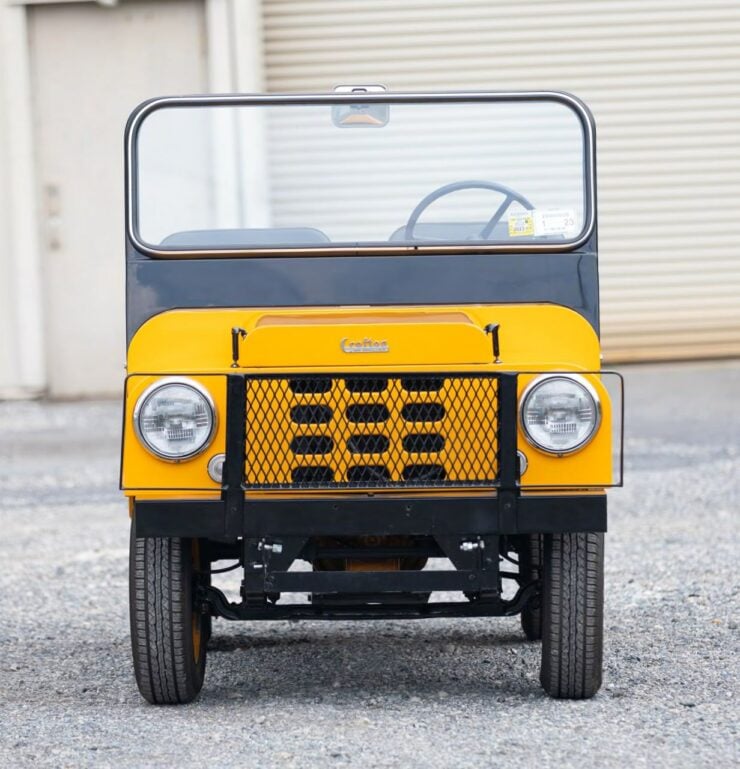
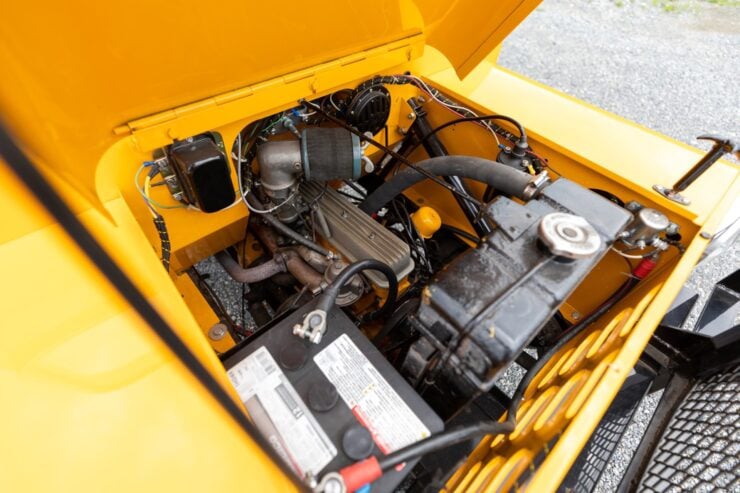
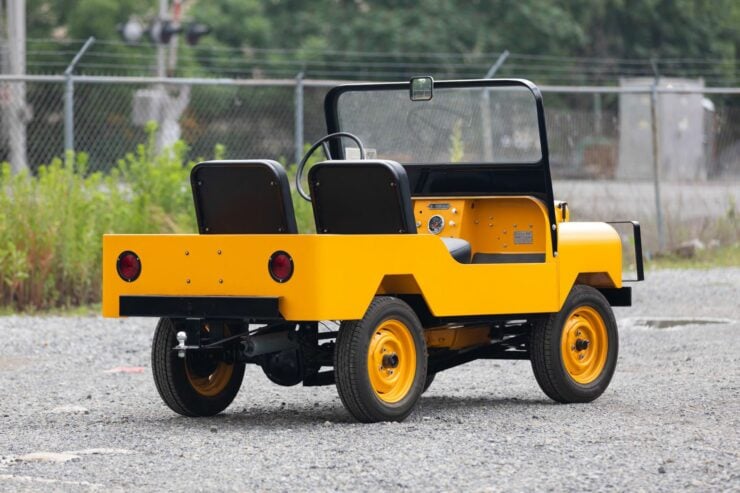
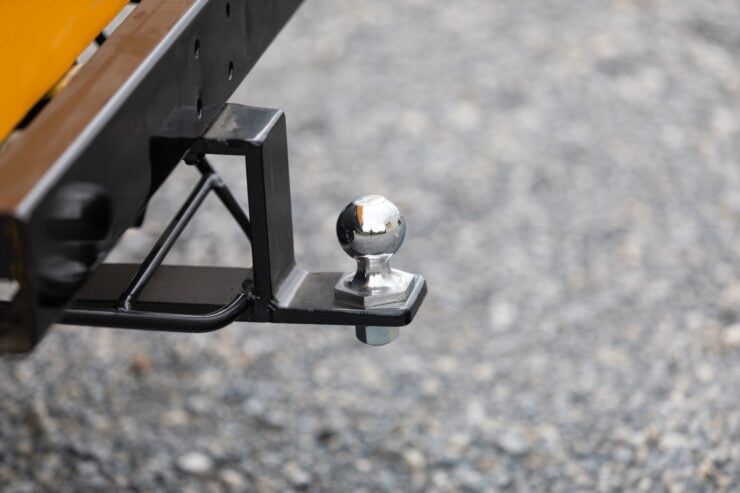
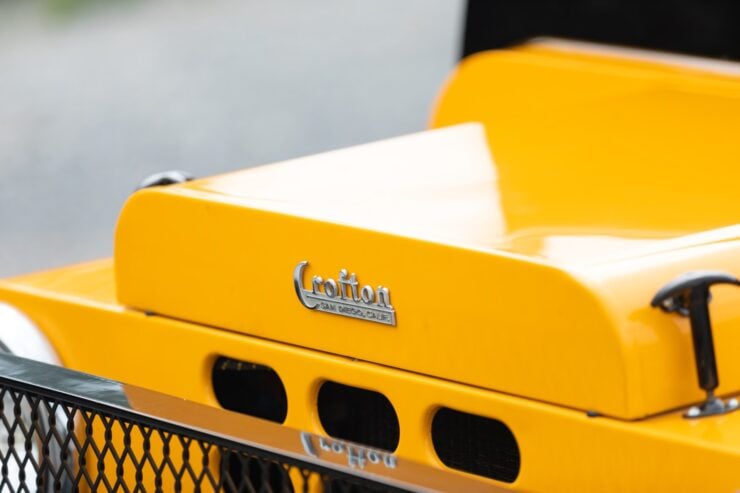
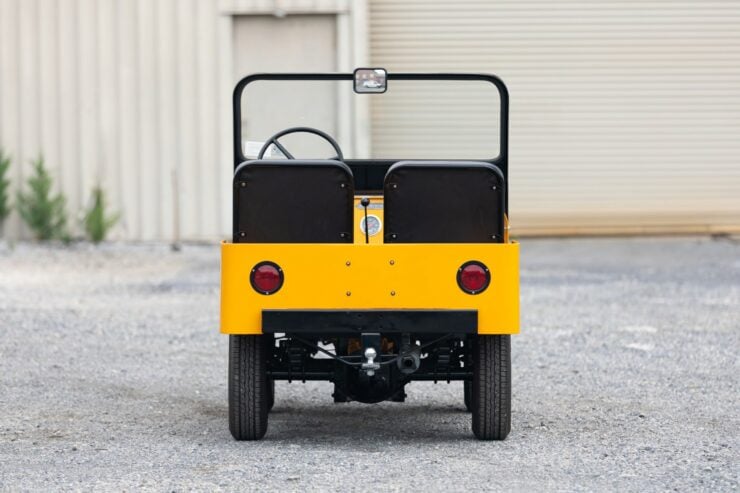
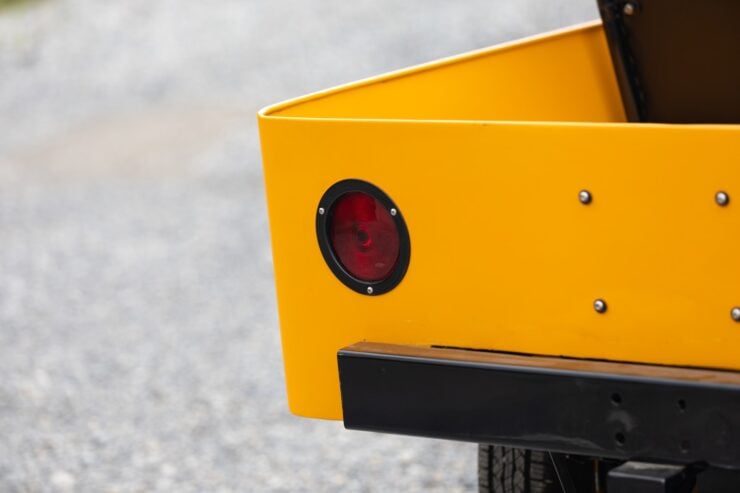

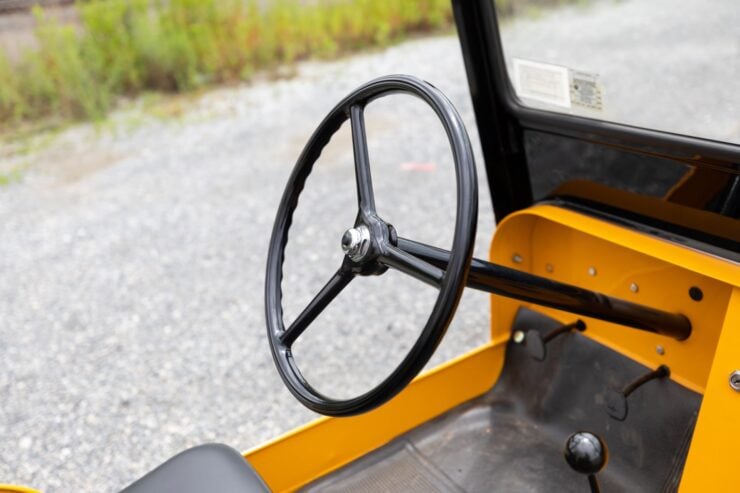
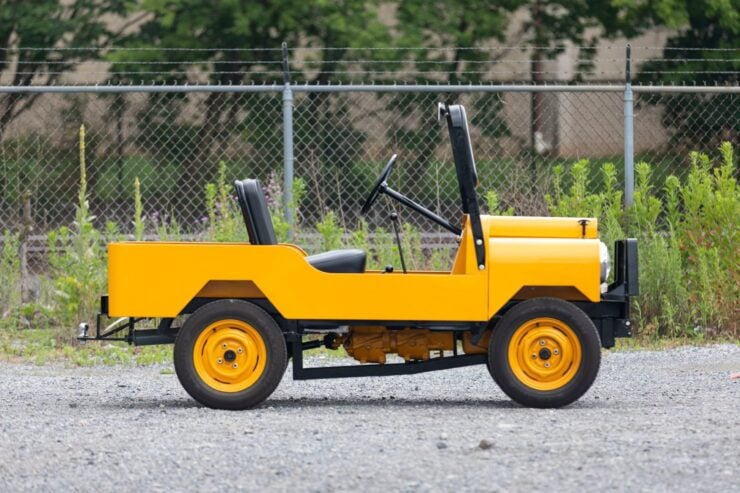
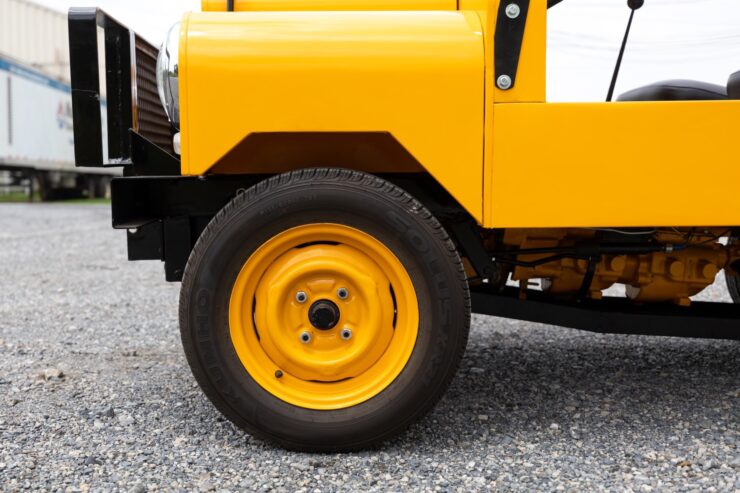
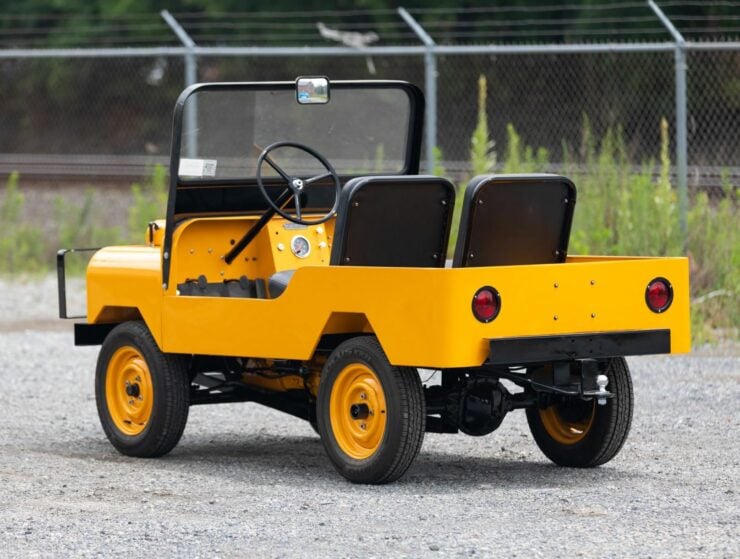
Images courtesy of Mecum

Articles that Ben has written have been covered on CNN, Popular Mechanics, Smithsonian Magazine, Road & Track Magazine, the official Pinterest blog, the official eBay Motors blog, BuzzFeed, Autoweek Magazine, Wired Magazine, Autoblog, Gear Patrol, Jalopnik, The Verge, and many more.
Silodrome was founded by Ben back in 2010, in the years since the site has grown to become a world leader in the alternative and vintage motoring sector, with well over a million monthly readers from around the world and many hundreds of thousands of followers on social media.

